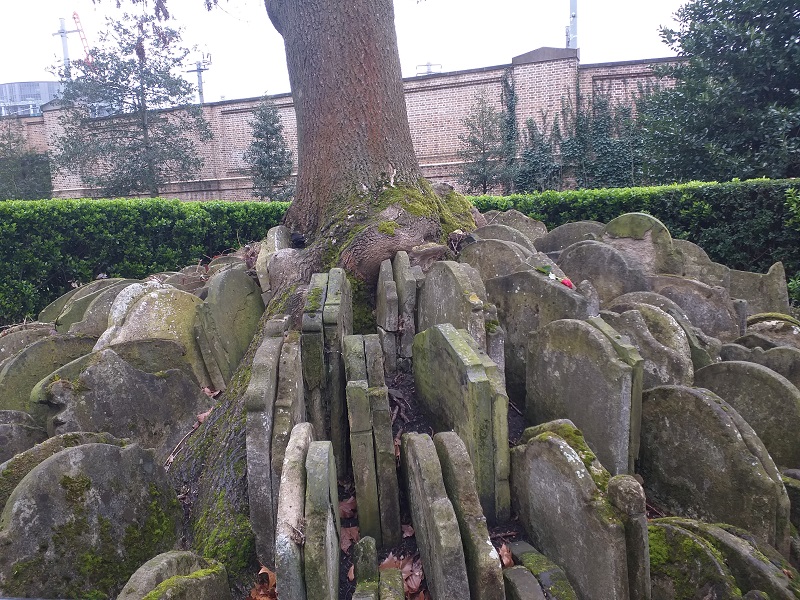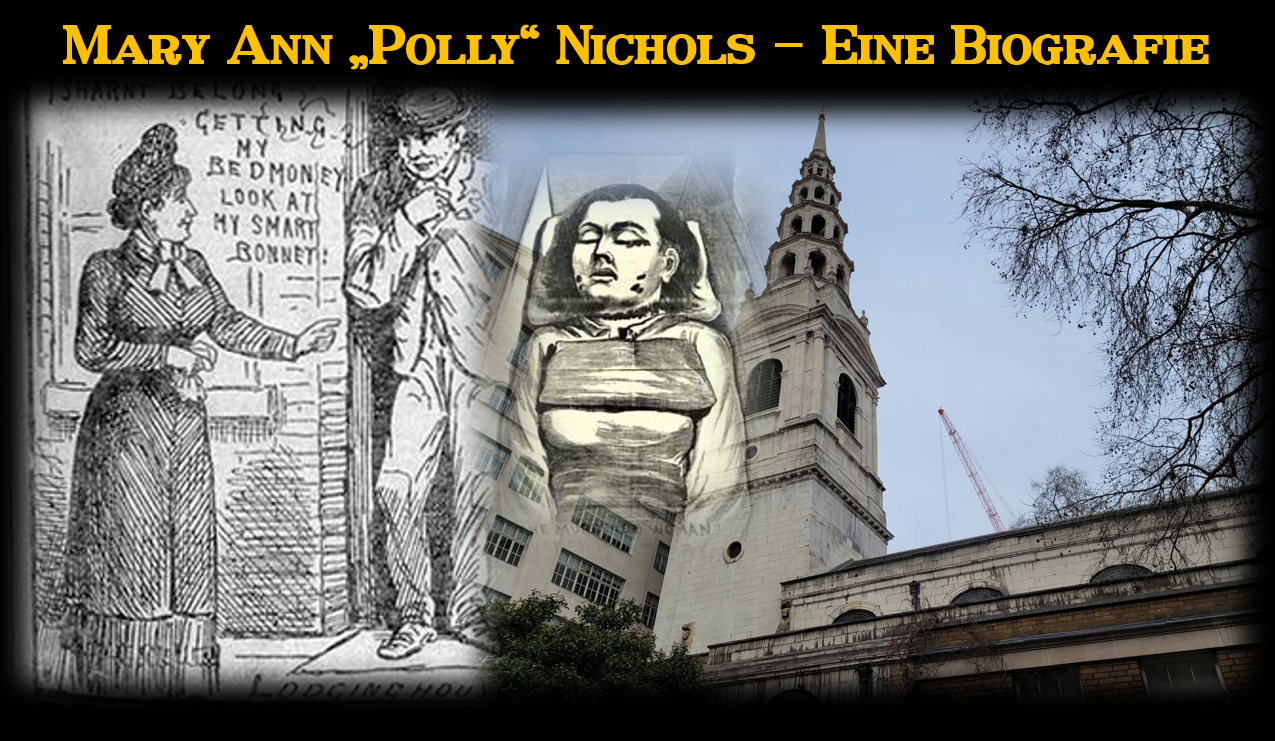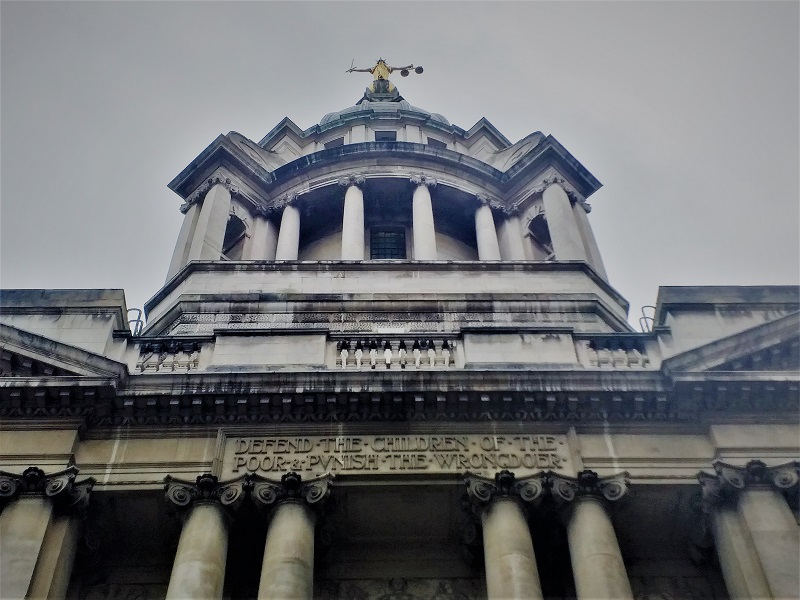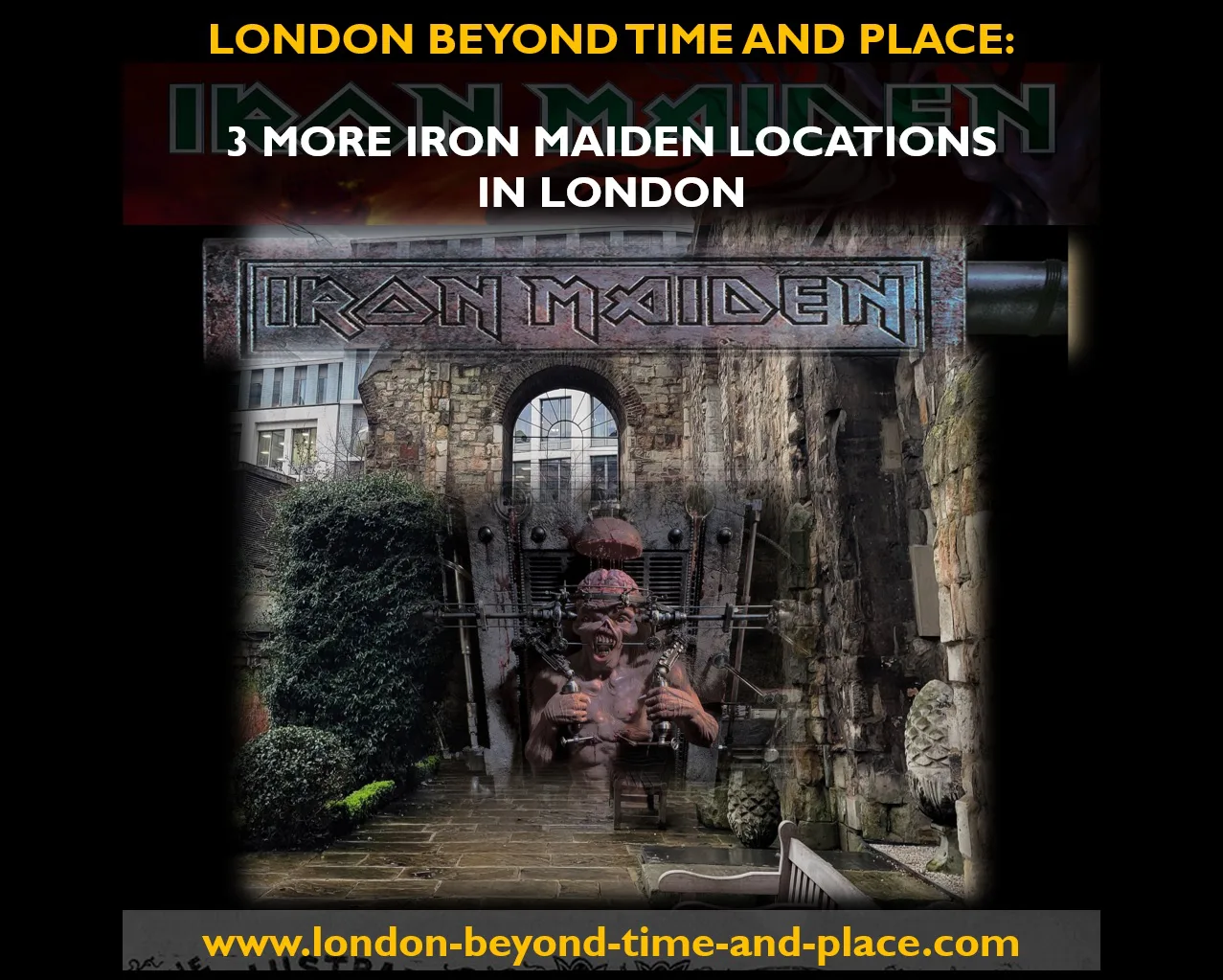Before Thomas Hardy became a novelist, he supervised the removal of the graveyard St Pancras Old Church in 1865, when the railway lines of St Pancras Station were laid through the site. The tombstones were placed against a great tree. Over the years its roots curled among them, they embraced them. It looks as if the tombstones are part of the tree.
Thomas Hardy (1840 – 1928)
Thomas Hardy (1840 – 1928) is one of Britain’s greatest poets and novelists. Among his literary works are “Tess of the D’Urbervilles” and “Jude the Obscure“. Many of his works are set in the semi-fictional region of “Wessex”. But before he became a writer, he studied architecure under Mr Arthur Blomfield in Covent Garden from 1862-1867.
During that time, the Midland Railway line expanded into North West London. The churchyard of St Pancras Old Church was in the way of the planned railway lines. The burial ground was just north of the expanding bulk of King’s Cross Station and St Pancras Station. So the dead were in the way of the living. It meant that human remains had to be exhumed and tombs had to be dismantled.
Charles Dickens knew of the churchyard’s reputation
The Old St Pancras Churchyard had a reputation. It was a preferred haunt for bodysnatchers. Even Charles Dickens was aware of this reputation and made reference to it in “A Tale of Two Cities” (1859). In the novel, Roger Cly is buried at the churchyard. Jerry Cruncher brings his son Jerry Jr. here to “fish”. This is of course just another term for the act of tomb robbing and body snatching.
The burial ground was located in the diocese of the Bishop of London. So when it was decided that railway lines were to be built over parts of the churchyard, Arthur Blomfield was commissioned by the bishop to supervise the exhumation.
Thomas Hardy supervised the exhumation
Blomfield himself passed this unpleasant task to his protégé Thomas Hardy in 1865. Hardy spent hours overseeing the dismantling of many of the churchyard’s tombs and the removal of bodies. They were put into a massive pit. The tombstones were placed around an Ash tree. Over the years, the stones have embedded into its trunk. The tree has grown in amongst the tombstones.
It is not clear whether the tree was already there when Hardy placed the stones on this spot. Perhaps it was planted later. But the symbiosis of tree and stones is fascinating and another strange monument that represents a part of London’s history.

About Philipp Röttgers
Philipp Röttgers (M. A.), born in 1989, is author, musician and writer. He is drummer for PARIAHLORD. Philipp studied »English Literatures and Cultures« in Bonn, Germany. His first book about his favourite band Genesis was published in 2015.
His second book „London and its genius loci – a journey beyond time and place“ was published in 2019. Philipp feels deeply connected to London, more than to any other place in the world. He is an expert in the capital’s (and Britain’s) literature and culture. He is also a „Ripperologist“ (and was already featured in the magazine of the same name) and of 2020, he also lead walks through London. Get in touch via mail for more information.




